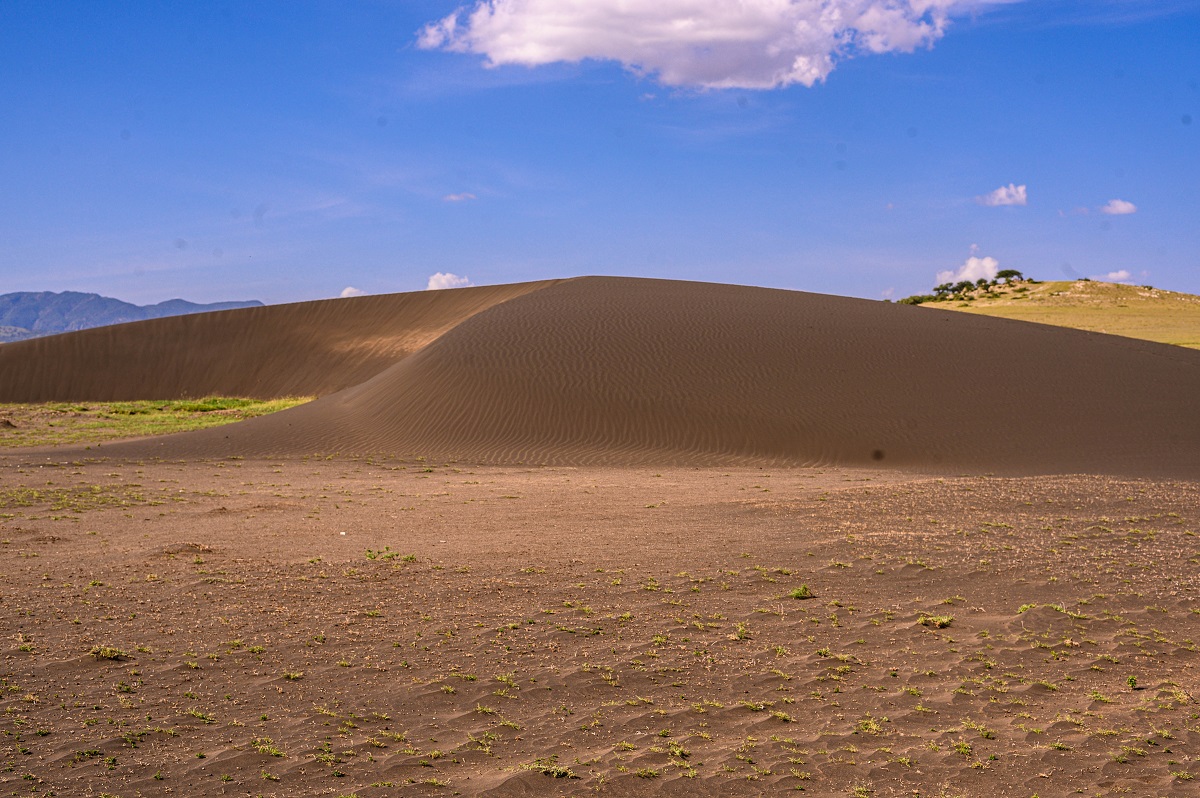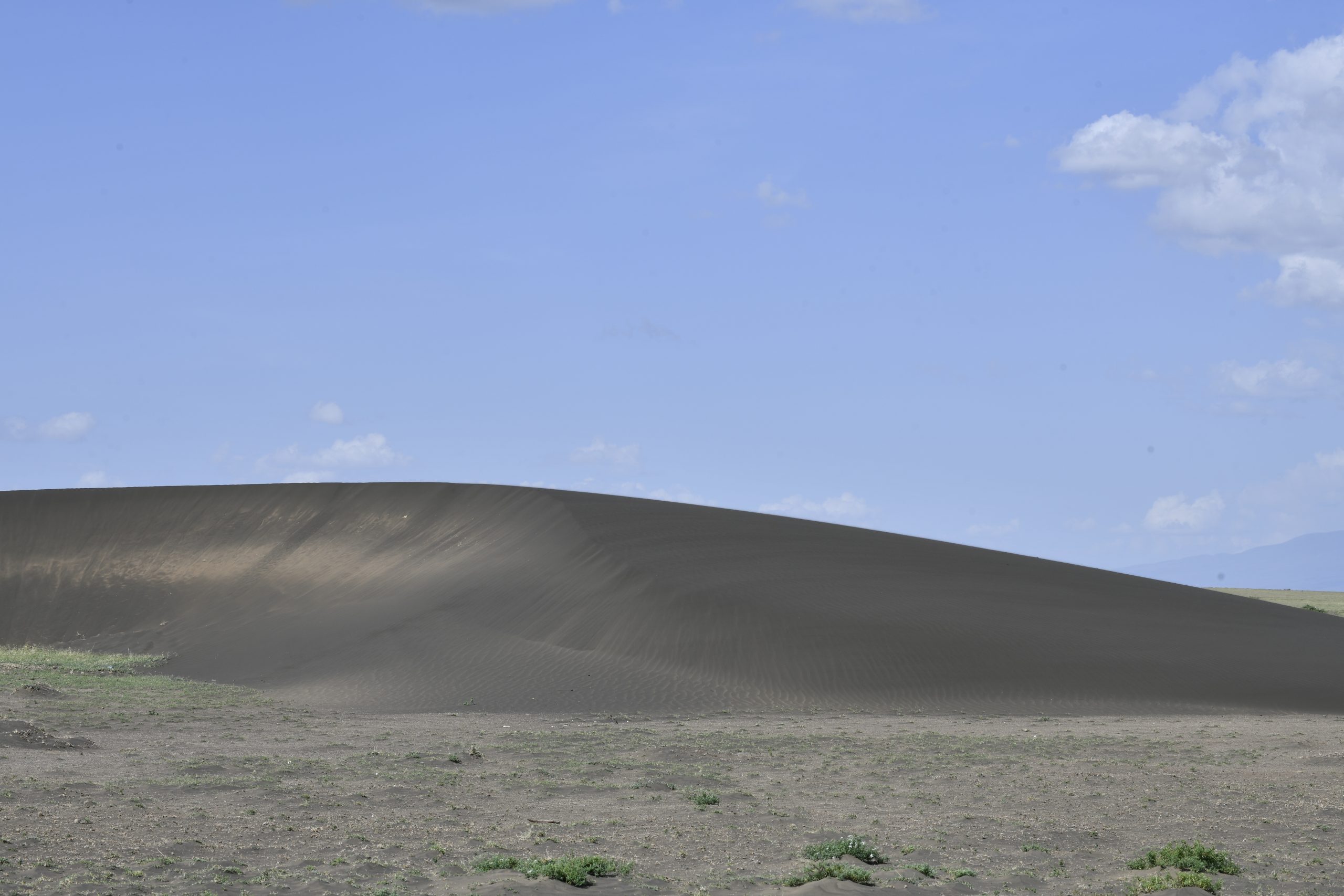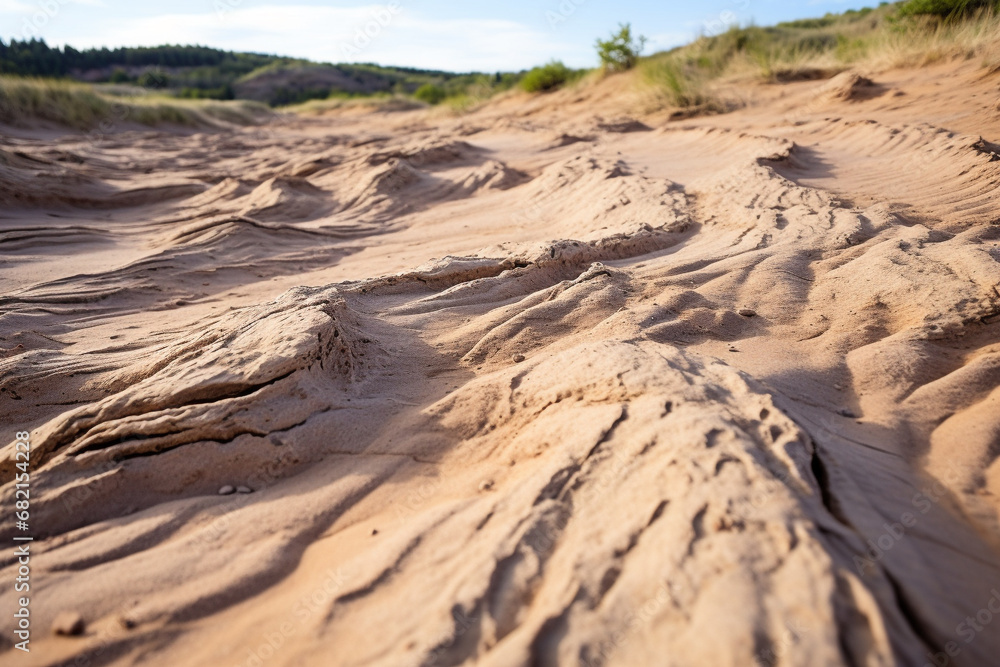The Ever-Shifting Sands: Understanding Climate Change and Its Implications

Climate, the long-term average of weather patterns in a region, is a fundamental force shaping our planet. From the lush rainforests of the Amazon to the frigid plains of Antarctica, climate dictates the distribution of ecosystems, influences agricultural practices, and impacts human societies in countless ways. While natural climate variability has occurred throughout Earth’s history, the rapid and profound changes we are witnessing today are largely driven by human activities, demanding a deeper understanding of the science behind climate change and its far-reaching consequences.
The Science Behind a Warming World:
The foundation of climate science lies in the greenhouse effect. Certain gases in the atmosphere, such as carbon dioxide (CO2), methane (CH4), and nitrous oxide (N2O), act like a blanket, trapping heat from the sun and warming the Earth’s surface. This is a natural process essential for maintaining a habitable temperature. However, since the Industrial Revolution, human activities, primarily the burning of fossil fuels (coal, oil, and natural gas) for energy, have dramatically increased the concentration of these greenhouse gases in the atmosphere.
This surge in greenhouse gas emissions has amplified the greenhouse effect, leading to a phenomenon known as global warming. The overwhelming scientific consensus, supported by decades of research and observation, is that this warming trend is unequivocal and primarily caused by human activities.
Evidence of a Changing Climate:
The evidence of climate change is multifaceted and compelling:
Rising Global Temperatures: The Earth’s average surface temperature has risen significantly since the late 19th century, with the most recent decade being the warmest on record. This warming is not uniform; some regions are experiencing more pronounced temperature increases than others.
Melting Ice and Snow: Glaciers and ice sheets are shrinking at an alarming rate. The Arctic sea ice is declining rapidly, and the Greenland and Antarctic ice sheets are losing mass. This melting ice contributes to rising sea levels.
Rising Sea Levels: Global sea levels have been rising due to thermal expansion of water (as water warms, it expands) and the influx of meltwater from glaciers and ice sheets. This poses a significant threat to coastal communities and ecosystems.

Changes in Precipitation Patterns: Climate change is altering precipitation patterns around the world. Some regions are experiencing more frequent and intense droughts, while others are facing increased flooding.

Ocean Acidification: As the ocean absorbs excess CO2 from the atmosphere, it becomes more acidic. This acidification threatens marine ecosystems, particularly coral reefs and shellfish.
Extreme Weather Events: The frequency and intensity of extreme weather events, such as heatwaves, hurricanes, wildfires, and floods, are increasing in many parts of the world. While attributing any single event solely to climate change is complex, the overall trend is clear.

The Impacts of Climate Change:
The impacts of climate change are already being felt across the globe and are projected to intensify in the coming decades:
Ecosystem Disruption: Changes in temperature, precipitation, and sea levels are disrupting ecosystems, leading to habitat loss, species extinctions, and shifts in species distribution. Coral reefs, already under stress from ocean acidification, are particularly vulnerable.
Agricultural Impacts: Climate change is affecting agricultural productivity, with some regions experiencing reduced yields due to drought, heat stress, and changes in growing seasons. This can lead to food shortages and price increases.
Water Scarcity: Changes in precipitation patterns and increased evaporation are exacerbating water scarcity in many regions, leading to conflicts over water resources and impacting human health.
Human Health Impacts: Climate change is impacting human health in various ways, including increased heatstroke, respiratory illnesses, and the spread of infectious diseases.
Economic Impacts: Climate change is causing significant economic damage, including damage to infrastructure from extreme weather events, reduced agricultural productivity, and increased healthcare costs.
Displacement and Migration: As climate change impacts intensify, more people are being displaced from their homes due to sea-level rise, drought, and other climate-related disasters, leading to increased migration and social unrest.
Mitigation and Adaptation: Addressing the Challenge:
Addressing climate change requires a two-pronged approach: mitigation and adaptation.
Mitigation refers to actions taken to reduce greenhouse gas emissions and slow down the rate of climate change. Key mitigation strategies include:
Transitioning to Renewable Energy: Shifting away from fossil fuels and towards renewable energy sources, such as solar, wind, and geothermal, is crucial for reducing CO2 emissions.
Improving Energy Efficiency: Reducing energy consumption through energy-efficient technologies and practices can significantly lower greenhouse gas emissions.
Protecting and Restoring Forests: Forests play a vital role in absorbing CO2 from the atmosphere. Protecting existing forests and restoring degraded forests can help mitigate climate change.
Developing Carbon Capture Technologies: Carbon capture and storage (CCS) technologies can capture CO2 emissions from power plants and industrial facilities and store them underground.
Promoting Sustainable Transportation: Shifting towards electric vehicles, public transportation, and cycling can reduce emissions from the transportation sector.
Adaptation refers to actions taken to adjust to the impacts of climate change that are already happening or are expected to happen in the future. Key adaptation strategies include:
Developing Drought-Resistant Crops: Developing crops that are more tolerant to drought can help ensure food security in regions facing water scarcity.
Building Flood Defenses: Constructing seawalls, levees, and other flood defenses can protect coastal communities from rising sea levels and storm surges.
Improving Water Management: Implementing water conservation measures and improving water infrastructure can help manage water resources more effectively.
Strengthening Public Health Systems: Strengthening public health systems to prepare for and respond to climate-related health impacts is crucial.
Relocating Vulnerable Communities: In some cases, it may be necessary to relocate communities that are highly vulnerable to climate change impacts, such as sea-level rise.
International Cooperation: A Global Effort:
Addressing climate change requires international cooperation. The Paris Agreement, adopted in 2015, is a landmark international agreement that aims to limit global warming to well below 2 degrees Celsius above pre-industrial levels and to pursue efforts to limit the temperature increase to 1.5 degrees Celsius. The agreement relies on countries setting their own emission reduction targets, known as Nationally Determined Contributions (NDCs), and regularly updating them.
While the Paris Agreement is a significant step forward, more ambitious action is needed to meet its goals. Countries need to strengthen their NDCs, invest in clean energy technologies, and provide financial support to developing countries to help them adapt to climate change.
The Path Forward:
Climate change is a complex and urgent challenge that requires a concerted effort from governments, businesses, and individuals. By understanding the science behind climate change, recognizing its impacts, and implementing effective mitigation and adaptation strategies, we can protect our planet and ensure a sustainable future for generations to come. Ignoring the issue is no longer an option; the time for action is now.
Frequently Asked Questions (FAQ):
Q: Is climate change real?
A: Yes, the overwhelming scientific consensus is that climate change is real and primarily caused by human activities. Multiple lines of evidence, including rising global temperatures, melting ice, and rising sea levels, support this conclusion.
Q: What is the difference between climate and weather?
A: Weather refers to the short-term atmospheric conditions in a specific location, while climate is the long-term average of weather patterns in a region, typically over a period of 30 years or more.
Q: What are the main greenhouse gases?
A: The main greenhouse gases are carbon dioxide (CO2), methane (CH4), nitrous oxide (N2O), and fluorinated gases.
Q: What is the Paris Agreement?
A: The Paris Agreement is a landmark international agreement adopted in 2015 that aims to limit global warming to well below 2 degrees Celsius above pre-industrial levels and to pursue efforts to limit the temperature increase to 1.5 degrees Celsius.
Q: What can I do to help address climate change?
A: There are many things individuals can do to help address climate change, including reducing energy consumption, using public transportation, supporting renewable energy, eating less meat, and advocating for climate action.
Q: Is it too late to stop climate change?
A: While the window of opportunity to prevent the most catastrophic impacts of climate change is narrowing, it is not too late to take action. By implementing ambitious mitigation and adaptation strategies, we can still limit warming and protect our planet.
Q: What are the potential benefits of addressing climate change?
A: Addressing climate change can lead to numerous benefits, including cleaner air and water, improved public health, a more resilient economy, and a more sustainable future for all.
Conclusion:
The climate is changing, and the evidence is undeniable. While natural variability plays a role, the dominant driver of the current warming trend is human activity, particularly the burning of fossil fuels. The consequences of inaction are severe, ranging from ecosystem collapse and food shortages to increased displacement and social unrest. However, we are not powerless. By embracing mitigation and adaptation strategies, and through international cooperation, we can steer towards a more sustainable and equitable future. The challenge is significant, but the potential rewards – a healthy planet and a thriving society – are well worth the effort. The future of our climate, and indeed the future of humanity, depends on the choices we make today.


